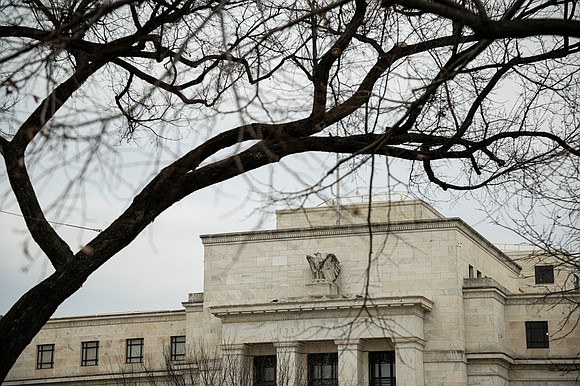Inflation is down sharply, but getting to exactly 2% will be tough
1/11/2024, 10:25 a.m.

Originally Published: 10 JAN 24 08:04 ET
Updated: 11 JAN 24 11:05 ET
By Elisabeth Buchwald, CNN
New York (CNN) — The Federal Reserve’s preferred inflation gauge, the Personal Consumption Expenditures price index, measured 2.6% annually in November. So, getting that number down to the Fed’s 2% target should happen in no time, right?
It might not be that simple.
Fed officials predict it will take two more years to get to a firm 2%, according to the Fed’s latest Summary of Economic Projections.
In many ways, it was easy to get inflation down from its peak. In fact, many economists say it may not have even been necessary to raise interest rates to the highest level in 22 years in order to achieve that goal. That’s because much of the run-up in inflation came from pandemic-induced supply chain disruptions and unusual spikes in demand.
“If you print up $3 trillion of new money and give it to people, you get inflation, and that’s pretty much what happened,” said John Cochrane, a senior fellow at the Hoover Institute. “But once that money is spent, inflation slows down on its own, which is also pretty much what happened.”
Fed Chair Jerome Powell has steered clear of blaming government spending for the spike in inflation but acknowledged after last month’s monetary policy meeting that as supply chains unsnarled and demand normalized, inflation was bound to cool.
But, he said, “We kind of assume that it will get harder from here.”
He explained in November: “As you get further and further from those highs, it may actually take [a] longer time” to get inflation back down to the central bank’s target.
The reason is that as inflation cools more, the remaining components that work to keep inflation above the Fed’s target are increasingly “sticky,” meaning they’re the least responsive to changes in market conditions.
Gregory Daco, chief economist at EY-Parthenon, said housing is one of the stickiest components, with prices up 4.8% for the 12 months that ended in December 2023, according to the latest Consumer Price Index data released Thursday. That’s primarily due to a shortage of housing, which explains why prices haven’t been very responsive to Fed rate hikes, he said.
Another sticky area of concern Powell highlighted last month is services. Excluding energy, the cost of all services is up 5.3% for the 12 months that ended in December 2023. In December 2022, prices were up 7% compared to a year prior.
Prices for many services have remained elevated in part because of labor imbalances dating back to the pandemic when many workers were laid off. As demand for services like haircuts and dining out picked up, employers found they had to increase pay to reattract workers, which contributed to the higher prices consumers paid.
Stickiness aside, Cochrane, who previously taught finance and economics at the University of Chicago, said the biggest barrier to 2% inflation is coming by way of government spending. “We still have big fiscal problems, and I suspect it will be hard to really get inflation under control while that is hanging over us,” he told CNN.
The ‘last mile’ doesn’t have to be the hardest
Many economists aren’t buying the argument that the so-called “last mile” in the journey to 2% inflation will be the hardest.
“Fewer and fewer items have inflation above 2%. Higher inflation is a story for a relatively narrow universe of services (and very few goods),” Paul Donovan, chief economist at UBS Global Wealth Management, said in a note last month. “This makes it harder to credibly claim that 3% is some magic barrier that central bankers must strive to overcome.”
Powell also seems to be skeptical that the last mile will necessarily be different.
“I’d be reluctant … to suggest that we have any certainty around that,” he said last month. “I mean, inflation keeps coming down. The labor market keeps getting back into balance. And it’s so far, so good.”
That said, though it’s not the Fed’s go-to inflation gauge, Thursday’s CPI report showed that the road to 2% could come with more bumps. After several months of declines, prices rose 3.4% annually in December from 3.1% in November.
The-CNN-Wire









